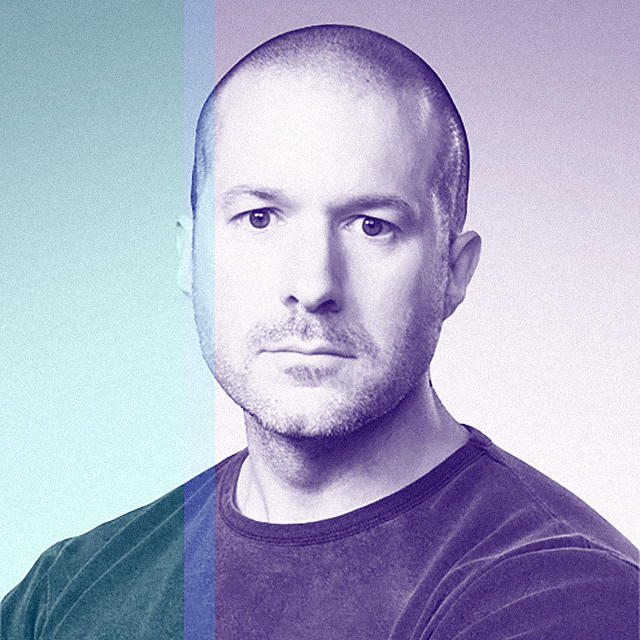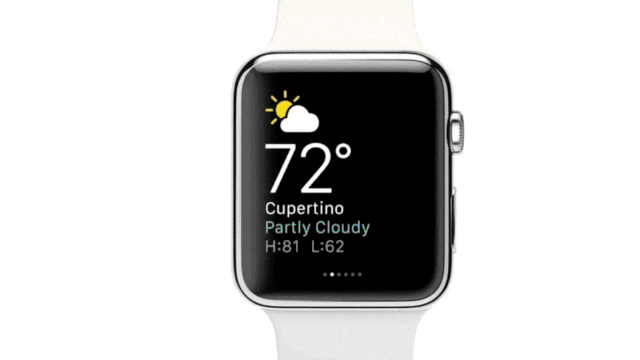Earlier this week, we reported that Apple created a new senior management position for esteemed designer Jonathan Ive, freeing him up to pursue big-picture projects while cementing his role as a leader in the Apple firmament. To casual observers, it might seem like an arbitrary promotion: Isn’t Ive, who shepherded the build of almost every major Apple product of the past several years, from the iMac to the iPhone to iOS 7, already Apple’s design pope? How much more influence could he have? And how could Apple benefit?
We caught up with Robert Brunner, founder of the Silicon Valley design firm Ammunition and the man who gave Ive his first job at Apple, to find out why Ive’s new position as chief design officer matters—and what it means for other designers and companies now that the world’s most valuable corporation has a designer artsying up the C-Suite.
Explain the difference between Ive’s old job, senior vice president of design, and his new job, chief design officer. Why does that distinction matter?
The C-Suite reflects the really key disciplines in managing a company. Traditionally, it has been in finance, marketing, technology, and operations. For a company of Apple’s stature to say, ‘We’re going to create another position in the C-Suite, a chief design officer,’ is further recognition of the importance of design in the corporate world. There aren’t a lot of CDOs out there and certainly not a lot at the scale and level of Apple. It’s sending a message.
 Robert BrunnerCourtesy Ammunition
Robert BrunnerCourtesy Ammunition
Why is it an important move for Apple?
It’s going to enable Jony to focus on the design of more things than he’s been responsible for before. At first it was just product design. Then he took on interface and user interaction. [The new position] will allow him to take his vision structurally across everything the company makes, whether a store or a piece of literature. Ultimately, it’s going to result in a deep improvement of the Apple experience.
What does it signal for the rest of the corporate world? As goes Apple so goes everyone else?
[It shows that] being design-driven takes leadership. You need someone at the top of the company who’s an advocate for design. That will be important for companies all over the world. So many companies come in here [at Ammunition] and say, ‘We want to be like Apple.’ But they don’t have the assets to do it, and they don’t have the culture to do it. If you asked me in terms of our work with companies, ‘What’s the No. 1 thing you need for success?’ It’s someone at the company at a high level who backs what we’re doing, whether it’s a startup or big company. Someone there who gives a shit and will help you make it happen.
 Jonathan IveApple
Jonathan IveApple
You hired Ive at Apple. At the time, did you imagine he’d go this far?
I didn’t. I first hired Jony because he was an amazing designer and an amazing craftsman. As we developed our team, it was clear he was a leader. And obviously, he’s proven himself.
What’s next for Apple design?
[The new job] will let Jony focus more on some newer initiatives. Apple is in an interesting position where they could do a lot of things—the idea of Apple design could be applied to many things, whether a car or something else, successfully. The challenge will be in deciding where to invest and taking risks. When you’re that successful, it can be hard to take risks, because you don’t want to fail.

What does Ive’s new role mean for designers?
I see more and more designers ending up in leadership positions. It takes a special kind of designer—someone with a broad viewpoint who’s interested in business—and this will start to open up another career path for designers. It’s very inspirational and positive for our industry.
This interview has been edited and condensed for clarity.